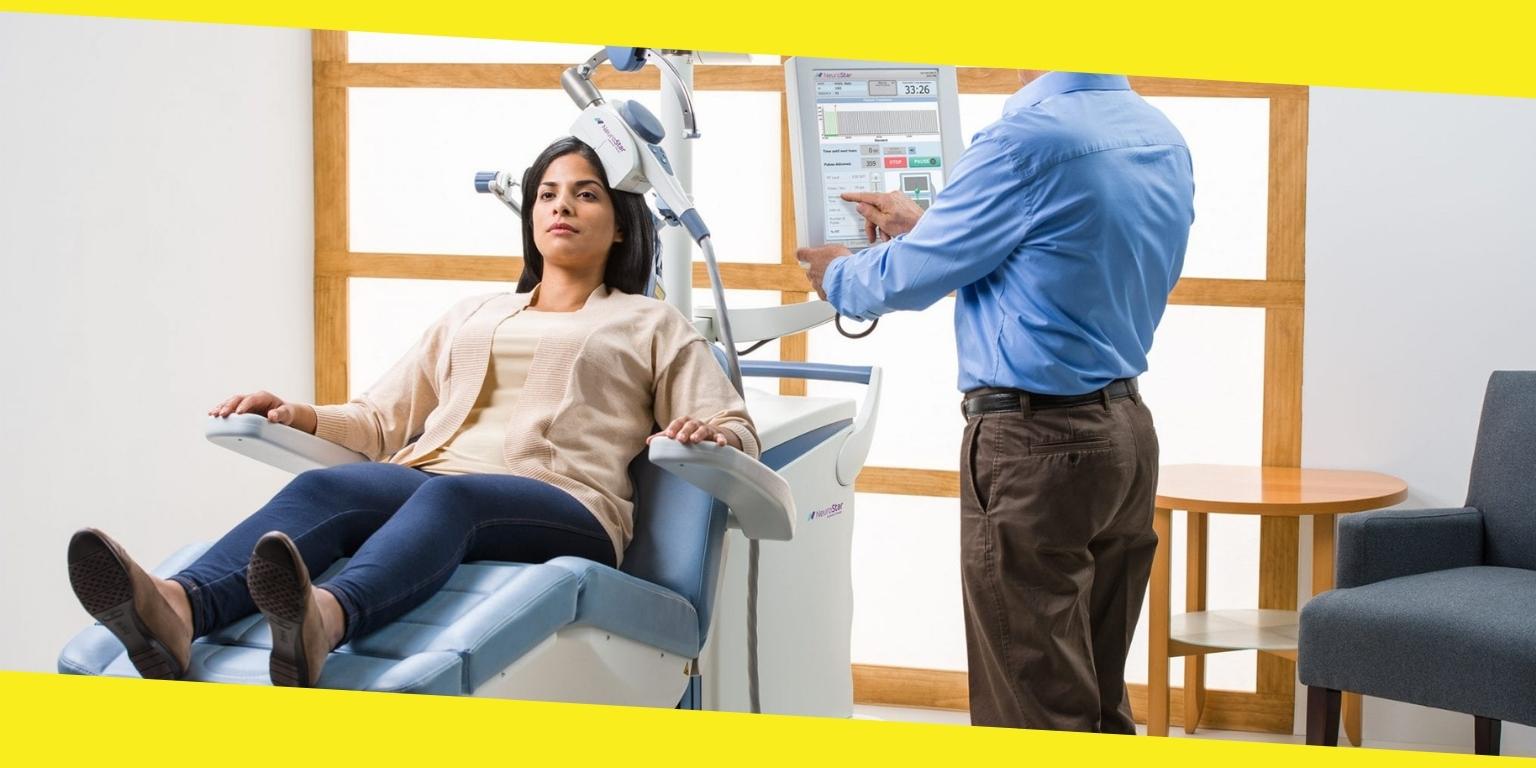How to Manage Depression During TMS Treatment
This post was last updated on May 4th, 2022

TMS is a non-invasive outpatient treatment that can help people manage their moods. It does not require anesthesia or surgery, and patients are fully awake during the session. TMS does not affect other body parts, and patients can drive themselves to the clinic for the procedure. The electroconvulsive device is placed near the front part of the scalp, and an electrical current is passed through it. Small, precise electrical impulses are sent to the brain to stimulate brain cells and trigger a chemical reaction.
Contents
ToggleComplete the entire treatment process as prescribed by the TMS physician.
TMS involves placing an electromagnetic coil on the head of the patient. The coil then delivers magnetic pulses to a targeted area of the brain. These magnetic pulses are similar to those used in an MRI machine. There are no adverse side effects from TMS therapy, and the procedure is safe for all patients. The procedure takes thirty to forty minutes, and it must be repeated five to six times per week for about four to six weeks. Some people may notice a positive change in mood after a few sessions. It is essential to complete the entire treatment process as prescribed by the TMS physician.
Talk to your doctor about how TMS might help your particular situation.
TMS treatments effectively treat depression and other conditions, but there are some risks associated with the treatment. It is essential to talk to your doctor about how TMS might help your situation. Some patients may find relief from depression by undergoing therapy. In addition to TMS, there are other forms of treatment at Neuro clinics, such as medication and self-help. These options are not always affordable, but they can help improve your life. If you are interested in undergoing the procedure, you can find a therapist at BetterHelp.com. The site is supported by its readers and receives commissions for referrals.
The stimulation of the frontal lobe helps reduce depressive symptoms.
TMS is a non-invasive treatment that uses magnetic pulses to target specific brain areas. The stimulation of the frontal lobe helps reduce depressive symptoms. Compared to antidepressant medications, TMS does not have any of the adverse side effects of antidepressants. TMS is a painless alternative to depression medication. You can get TMS treatment for your depression and anxiety.
TMS works by placing a tiny electromagnetic coil on the patient’s head.
TMS is a safe treatment for depression that works by placing a tiny electromagnetic coil on the patient’s head. These magnetic pulses are then delivered to specific areas of the brain. These treatments are very safe and can help to manage depression. The sessions are generally 30 to 40 minutes long and are administered five to six times a day. The first few sessions can improve depression, but it is crucial to complete the entire process.
TMS is a treatment involving magnetic pulses to target specific areas of the brain.
This therapy works by stimulating nerve cells in specific areas of the brain that regulate mood. Because the treatments are painless, TMS is a great way to treat depression, but it can also have side effects. Your TMS physician will help you understand the risks of TMS. If you’re experiencing depression, you should speak with your doctor and discuss your options. Moreover, it’s good to get a second opinion before getting a final diagnosis.
TMS is a non-invasive treatment for depression. It is a highly safe procedure, but it is essential to understand that it has the potential to cause seizures. It may be uncomfortable or even dangerous in some cases and can affect the patient’s overall health. Therefore, the patient needs to be aware of any side effects during the treatment. It is because TMS is a highly sensitive procedure.
TMS is an effective treatment for depression. It does not have the side effects of taking antidepressants. However, it can help people who are suffering from depression with TMS. The device uses an electromagnetic coil to target the prefrontal cortex, located beneath the forehead. The magnetic pulses stimulate nerve cells, causing tingling and knocking sensation in the scalp. The magnetic field can temporarily decrease the symptoms of depression.
Recommended For You
Rest and Respite – A Guide to Post-Surgery Care Options
Most Inside
Most Inside offers high-quality recommendations and valuable updates to enhance all aspects of your life, providing premium guidance and enriching experiences.




